How Game Patches Can Shift the Competitive Landscape in Esports
17 August 2025
Esports, where elite gamers battle it out for glory, fame, and massive prize pools, is constantly evolving. But what if I told you one of the biggest game-changers in the industry isn’t the players themselves? It’s the game patches. Yes, those seemingly harmless updates developers drop from time to time can completely change the course of an entire esport.
Imagine you're deeply invested in your favorite game. You’ve spent hours mastering a certain character or strategy. Then, boom! A patch hits, and suddenly that character isn't as strong as before, or your go-to strategy is no longer viable. Welcome to the chaotic, ever-shifting world of esports!
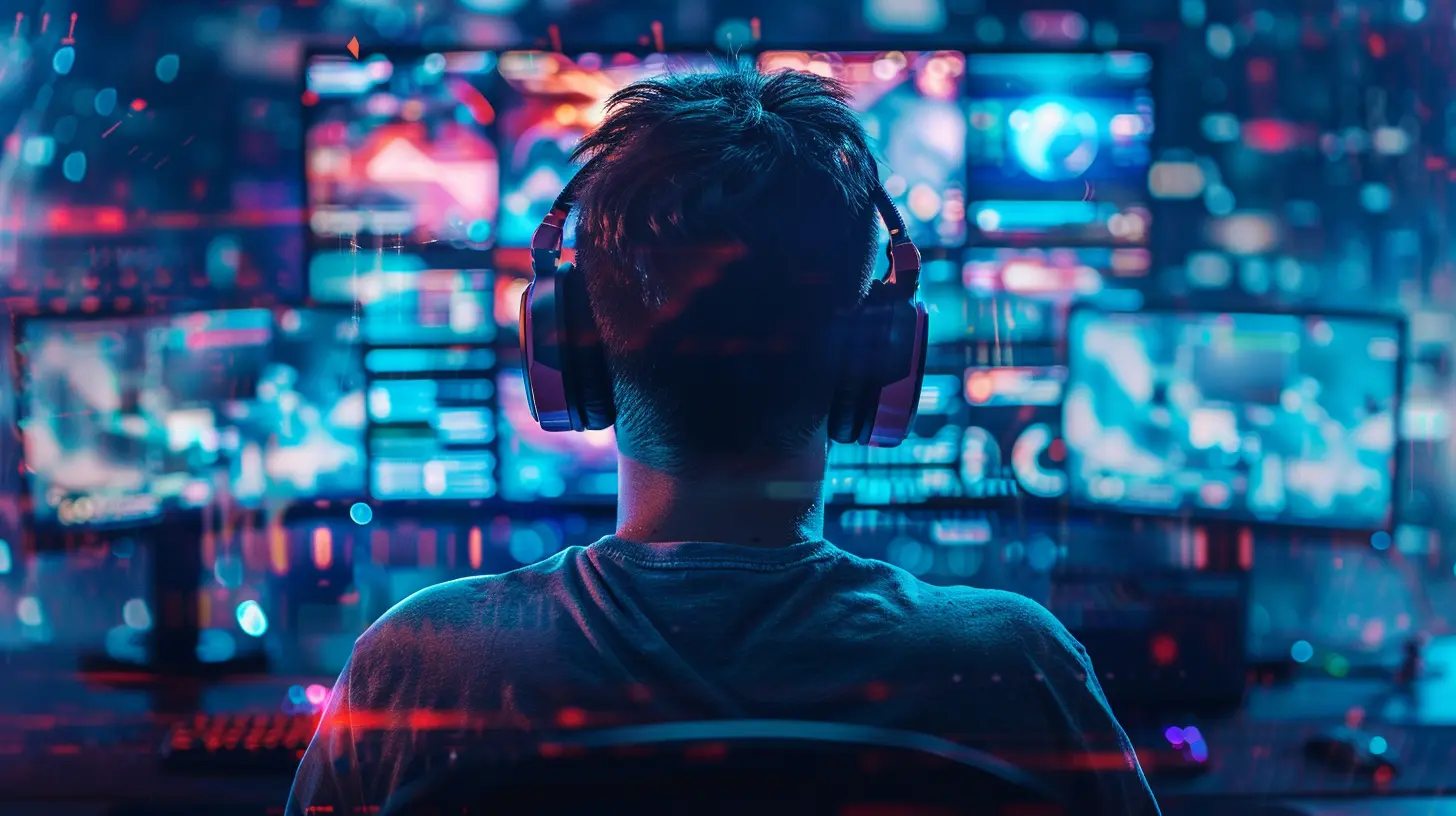
What Are Game Patches?
Before we dive deep into how game patches can shift the competitive landscape, let’s quickly break down what a game patch is. At its core, a patch is essentially an update or a fix that developers release to tweak, improve, or repair various aspects of a game. This can include anything from fixing bugs, balancing characters, enhancing graphics, or adding new features.In the world of competitive gaming, these patches often focus on balancing—making sure no character, weapon, or strategy becomes too overpowered. After all, it wouldn’t be fun if one character could consistently dominate everyone else, right?
But here’s the thing: even the smallest change in these patches can have ripple effects that shake the foundations of the competitive scene.
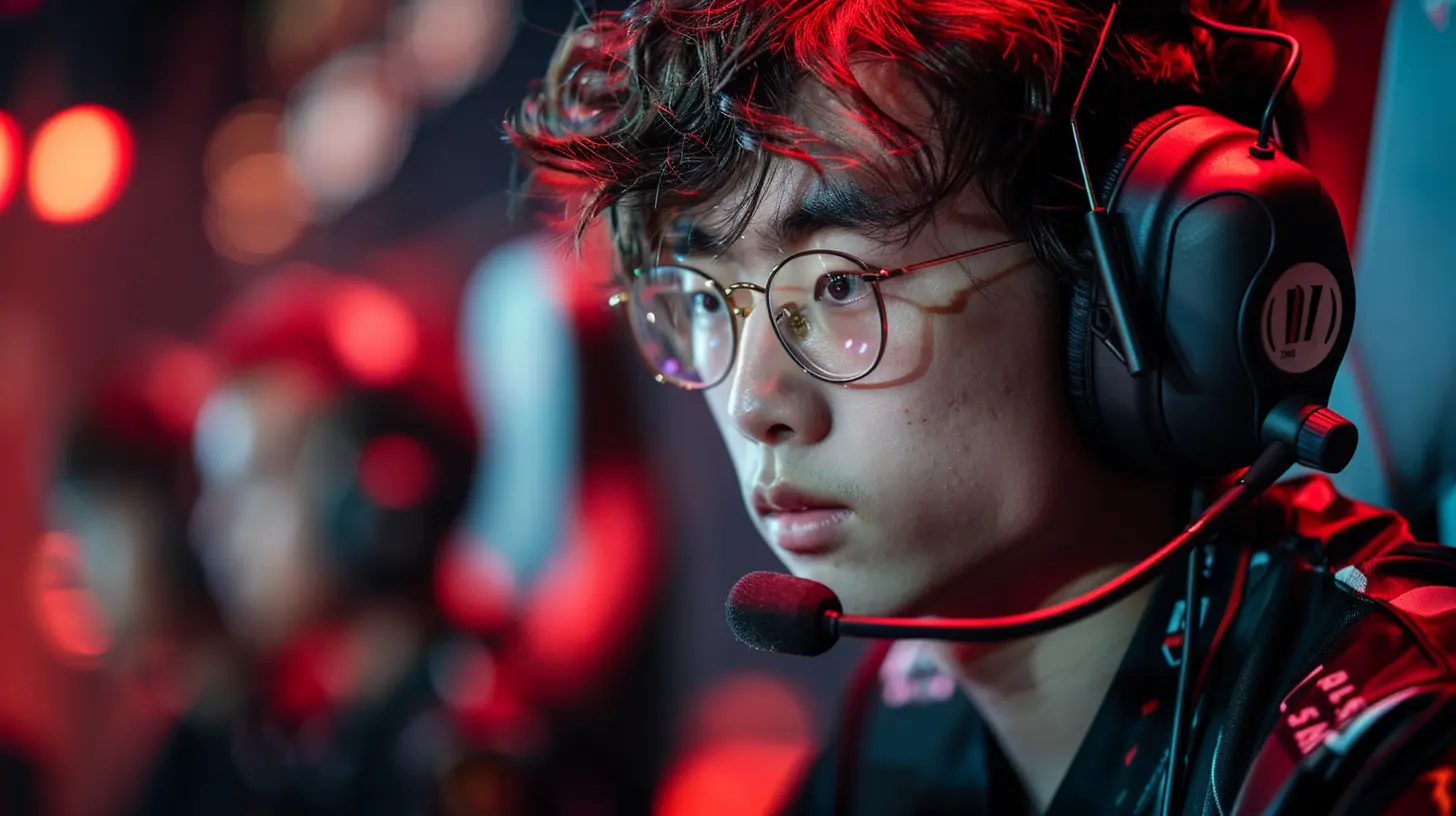
The Impact of Game Patches on Esports
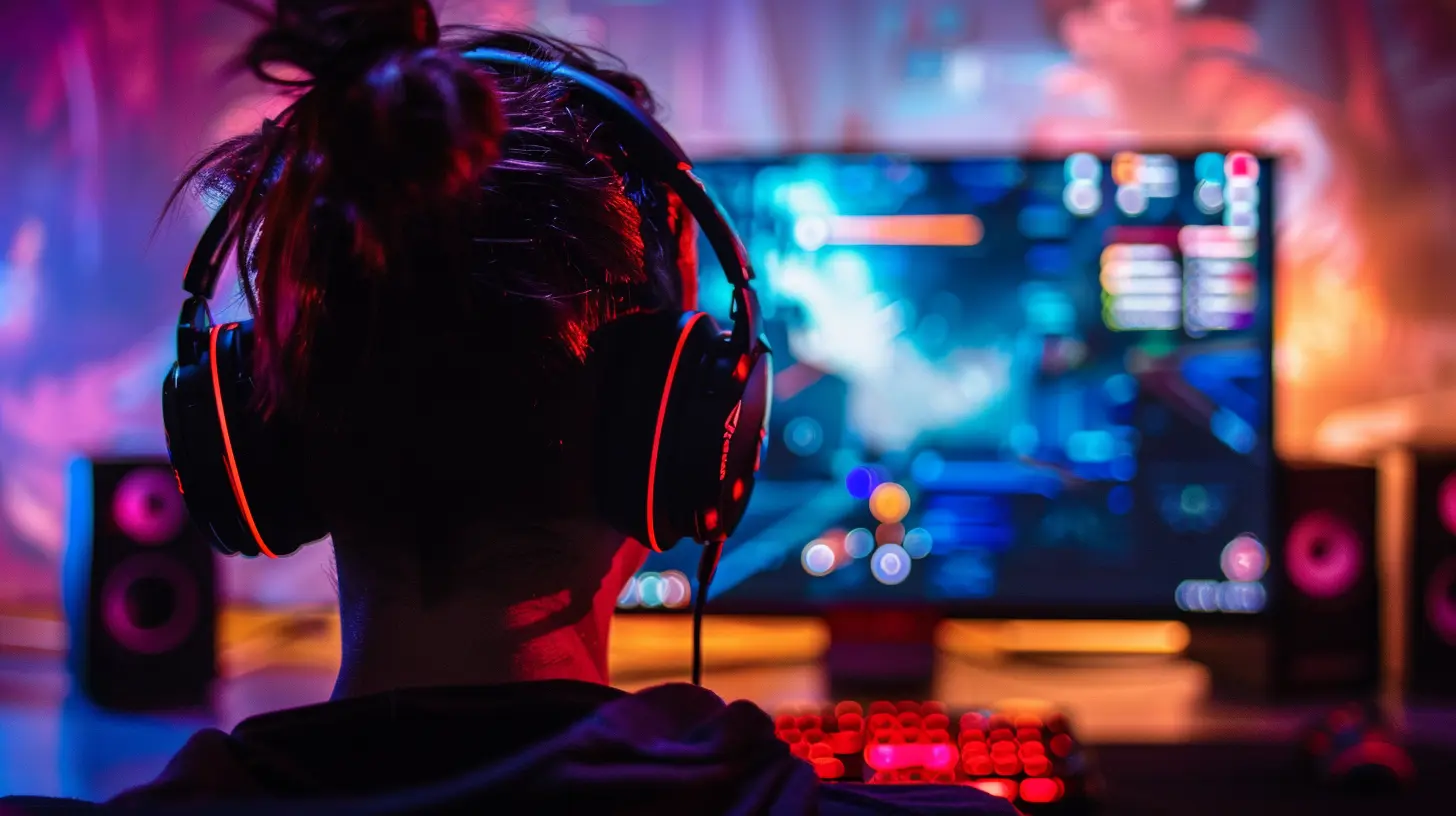
Balance Changes: Buffs and Nerfs
Let’s talk about the most common type of change we see in patches—buffs and nerfs. Buffs make certain characters, items, or abilities stronger, while nerfs weaken them. Seems simple enough, but the consequences? Oh boy, they can be massive.In competitive games, players spend countless hours perfecting their skills with specific characters or game mechanics. When a character gets buffed, suddenly that character becomes more viable in the meta (the “most effective tactics available”). Conversely, when a character gets nerfed, players who rely on them might have to start from scratch, learn a new character, or adapt their playstyle.
Take, for instance, a game like League of Legends, where a single buff to a champion’s ability can make them the star of the season, while a nerf can send them into obscurity. Esports pros need to constantly adjust to these changes, often right in the middle of an ongoing competitive season.
Meta Shifts
Speaking of the meta, this is where things get really interesting. The meta in any game is essentially the prevailing strategies, characters, or tactics that are considered the best at any given time. Game patches can completely flip the meta on its head.Imagine a soccer game where, one day, FIFA decides to make the goals bigger. Suddenly, the strategies teams have been using for years become obsolete. That’s basically what happens when a game patch shifts the meta in esports. Everything changes—the champions, the weapons, the strategies. Players have to adapt quickly, or they risk being left behind.
For example, in Overwatch, a patch might make certain heroes more effective in certain maps or modes. Teams that once dominated using a particular composition (like a dive comp) may suddenly find themselves struggling if the meta shifts to favor a different strategy (like a bunker comp). Pro teams and coaches need to stay on top of these changes, constantly revising their strategies based on the latest patch.
The Psychological Impact on Players
Now, let’s get into something that’s often overlooked—the mental toll patches can take on players. Imagine working tirelessly for months, perfecting your skills with a particular character or strategy. You’ve refined every move, learned every trick, and then a patch comes along and demolishes all that hard work.That can be rough, right? For pro players, this can lead to frustration, burnout, and even loss of motivation. After all, it’s not just about learning new mechanics—it’s about unlearning what you’ve already mastered. And in a highly competitive environment, every second counts. Players who can’t quickly adapt may find their careers in jeopardy.
On the flip side, some players thrive in this environment. These are the ones who love the challenge of figuring out the new meta, exploiting fresh tactics, and mastering the latest buffs. For them, patches are an opportunity to get ahead of the curve and outsmart their competition.
Viewer Experience and Esports Popularity
Let’s not forget about the viewers, because patches don’t just affect the players—they affect us, too. Watching an esports tournament after a significant patch can feel like you're watching an entirely different game. New strategies, unexpected plays, and surprise upsets can make the viewing experience more exciting and unpredictable.But here’s the catch: not all changes are welcome. If a patch dramatically alters the game in ways that viewers don’t enjoy, it can lead to frustration. There have been instances where certain patches have made the game less fun to watch, leading to a dip in viewership.
However, when done correctly, patches can keep a game fresh and exciting, making every match feel like anything can happen. This unpredictability is what keeps many esports fans coming back for more.
The Role of Developers in Shaping the Competitive Scene
You might think it's the players or teams who have the biggest influence on esports, but the developers hold a surprising amount of power. Every time they release a patch, they’re essentially deciding the direction the game will take. Want a more aggressive, fast-paced game? Buff some offensive characters. Want to slow things down and make it more tactical? Nerf the damage output and increase healing.Developers walk a fine line between keeping the game balanced and making it exciting. Too many buffs, and the game becomes chaotic. Too many nerfs, and it can feel sluggish or boring.
Some developers, like those behind Dota 2 or League of Legends, are known for working closely with the competitive community. They gather feedback from pro players, analyze tournament results, and tweak the game accordingly. This back-and-forth relationship between developers and the esports scene ensures that patches keep the game both balanced and engaging.
Patch Timings and Competitive Integrity
One of the trickiest aspects of game patches in esports is timing. When a patch drops right before a major tournament, it can throw everything into disarray. Teams that have been practicing for weeks suddenly find themselves having to adjust to new mechanics or strategies. This can lead to unexpected outcomes—sometimes the best team doesn’t win simply because they couldn’t adapt fast enough.To maintain competitive integrity, some games implement a “freeze” on patches during major tournaments. This means that, for the duration of the event, the game remains on a specific patch, preventing any last-minute changes from affecting the outcome. However, this can also be a double-edged sword—if the patch being played on has glaring issues, it can lead to unbalanced matches.
Case Studies: How Patches Have Shifted the Esports Landscape
Let’s take a look at a few real-world examples where patches have had a profound impact on the competitive esports scene:1. League of Legends (Patch 8.11 AD Carry Nerf)
In 2018, League of Legends saw a massive patch that completely changed the way AD Carries (ranged damage-dealers) were played. Before this patch, AD Carries were a staple in every match. However, Patch 8.11 significantly nerfed their early-game power, leading to a meta where tankier champions and mages took center stage in the bot lane. This patch forced pro teams to rethink their strategies entirely, and it wasn’t until months later that AD Carries regained their former prominence.2. Fortnite (Introduction of the Mech)
When Epic Games introduced the mech (BRUTE) in Fortnite, it caused an uproar in the competitive community. The mech was incredibly overpowered, allowing players to dominate matches with little effort. This led to frustration among pros, many of whom felt that the game’s competitive integrity was compromised. After widespread backlash, Epic eventually nerfed the mech, but not before it left a significant mark on the competitive scene.3. Dota 2 (7.00 Patch – The New Journey)
In Dota 2, the 7.00 patch, also known as “The New Journey,” was one of the most game-changing updates in the game’s history. It introduced new mechanics, items, and even a completely revamped map. Players and teams had to quickly adapt to the changes, leading to a period of unpredictability in the pro scene. Teams that could quickly grasp the new mechanics gained a competitive edge, while others struggled to keep up.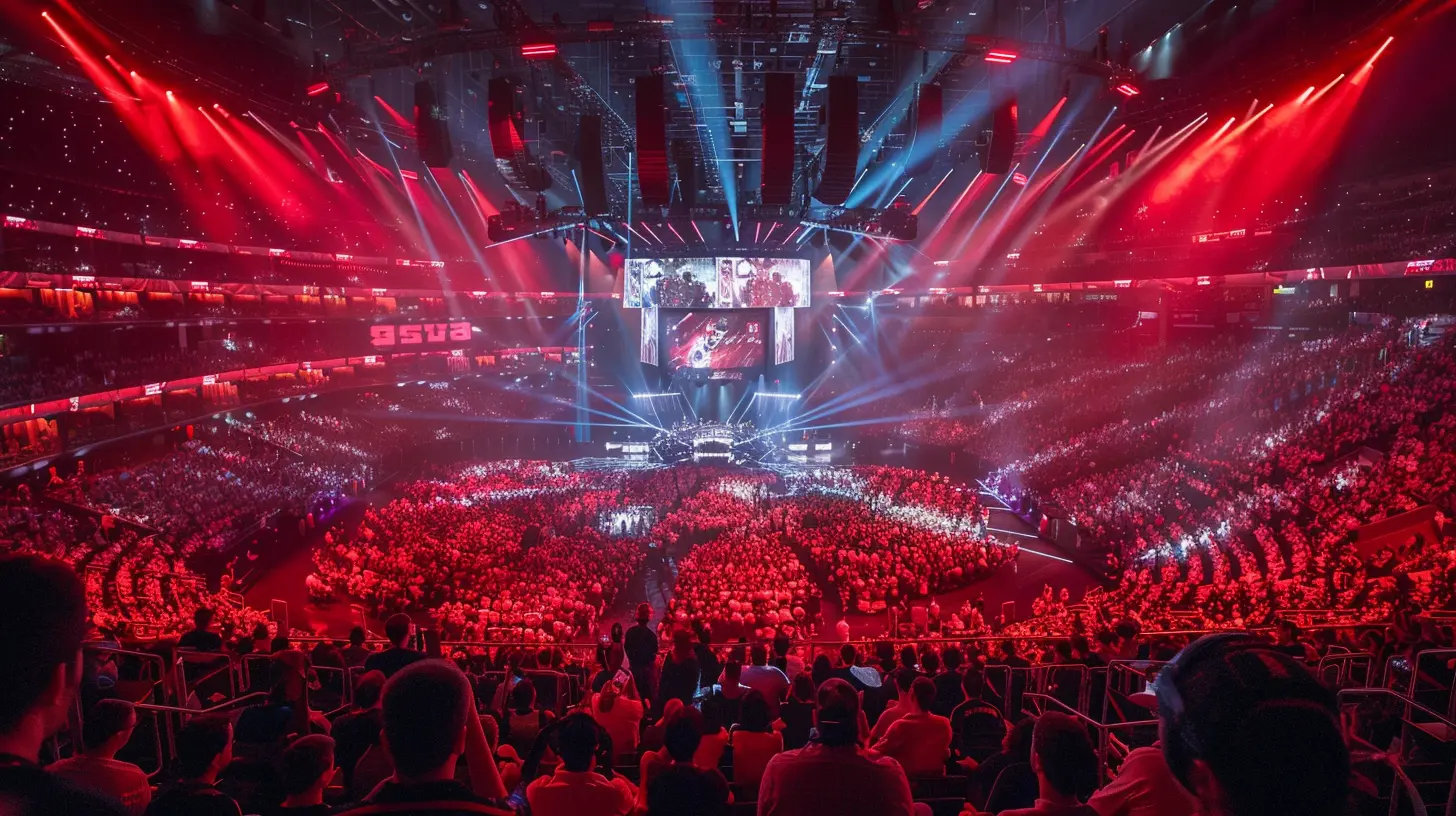
Conclusion: Adapt or Fall Behind
In the ever-evolving world of esports, game patches are an unavoidable reality. They can be both a blessing and a curse, offering new opportunities for innovation while also disrupting the status quo. Players, teams, and even viewers need to be flexible, ready to adapt at a moment’s notice.Think of game patches as the wild cards of esports. They can breathe new life into stale metas, push players to their limits, and keep viewers on the edge of their seats. But they can also spell disaster for those who aren’t quick enough to adjust. In the end, the players and teams that can adapt the fastest are the ones who rise to the top.
So, the next time you hear about a patch coming to your favorite esport, buckle up. Things are about to get interesting.
all images in this post were generated using AI tools
Category:
EsportsAuthor:

Uziel Franco
Discussion
rate this article
1 comments
Soliel Curry
Game patches can dramatically alter the competitive balance in esports, introducing new strategies while sidelining established ones. This constant evolution challenges players to adapt quickly, fundamentally reshaping team dynamics and player performances.
September 1, 2025 at 12:39 PM

Uziel Franco
Thank you for your insightful comment! Indeed, game patches play a crucial role in evolving the competitive landscape, pushing players and teams to continuously adapt and innovate.
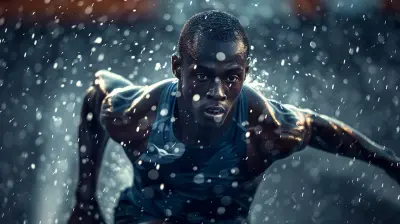

![The Engine of the Team: How [Player Name] Drives Success](/pictures/blog/small/the-engine-of-the-team-how-player-name-drives-success_2.webp)